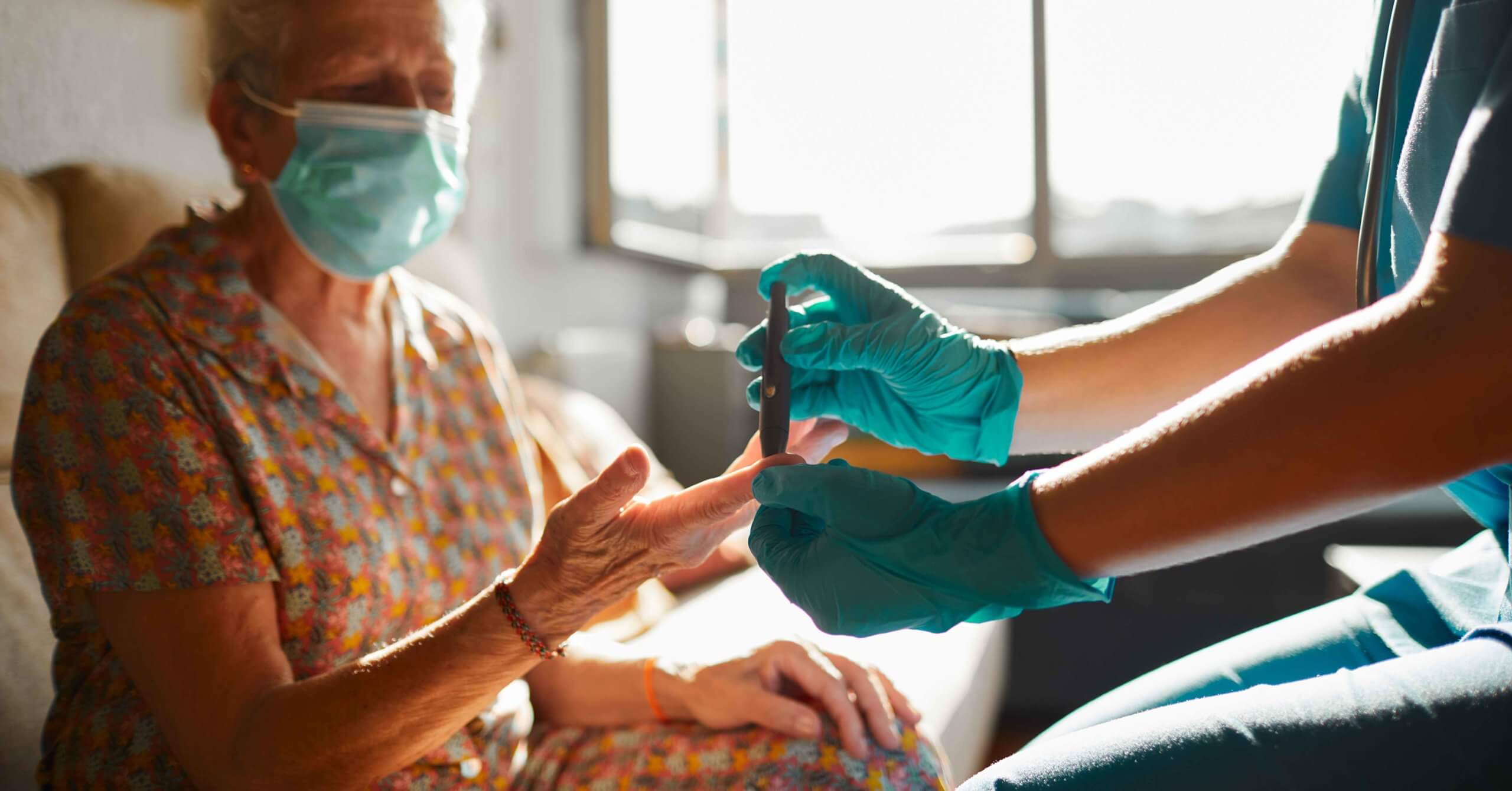Some clinicians generally think of bacteria as the sole pathogen for chronic wounds.
But another culprit to consider when dealing with delayed wound healing is the presence of fungi that lead to fungal wound infection.
Romney Humphries, Ph.D., ABMM, professor and medical director of clinical microbiology at Vanderbilt University Medical Center in Nashville, Tennessee, shared her expertise on fungal wounds.
“Wound infections caused by fungi occur when wounds are contaminated with spores,” Humphries said.
Humphries highlighted that overall, the incidence of fungal infections is much lower than those caused by bacteria and often occur later in the infection course than a bacterial infection.
“If the fungus has developed an infection, it can complicate the healing of a wound that began as bacterial,” Humphries said.
One point to remember is the presence of a fungus in a superficial culture of a wound that is also growing bacteria does not implicate the fungus as the pathogen. It may simply be a colonizer or contaminant, she said.
Prevalence of Fungal Wound Infections
The prevalence of fungal wound infections can vary depending on each patient’s geographic location, exposure and immune status (immunocompromised are at risk), Humphries said.
“For example, fungal wound infections are more common in the South, where I am currently located, than they were in California where I used to practice,” she said.
Trauma-Induced Fungal Wounds
Though the sources of fungal wounds vary, trauma can be a common cause of these problematic infections.
“Fungal wound infections often occur in the setting of deep tissue wounds contaminated by environmental debris from trauma … after natural disasters or in combat,” Humphries said. “One example is the fact that fungal infections were common after the Joplin, Missouri, tornado that occurred in 2011.”
Patients Who Are More At-Risk
Three specific types of patients are more at-risk of fungal wound infections:
- Burn patients can develop fungal infections, which are more likely to occur after prolonged treatment with antimicrobials, Humphries said.
- Another group of patients at risk for developing fungal wounds are patients with poorly controlled diabetes. “Rhizopus spp., in particular, are able to thrive in high glucose, acidic conditions such as in patients with diabetic ketoacidosis,” she said.
- Another group of patients at risk are those being treated for iron overload with the drug deferoxamine. “Rhizopus can use the deferoxamine-iron complex to enhance its growth,” Humphries said. “This treatment is not used too often anymore. There are other iron chelating agents now used and they do not enhance Rhizopus growth.”
Common Fungal Organisms Seen in Fungal Wounds
Some of the more common fungi that cause wound infections include yeast (Candida spp.), Fusarium spp., Mucorales (e.g., Rhizopus, Mucor, or Rhizomucor), and Aspergillus spp., Humphries said.
“However, there is a very large list of fungi that could potentially cause infection, so this list is not all inclusive,” she added.
Additionally, Humphries said endemic fungi, such as Blastomyces, Coccidioides, Histoplasma, and Cryptococcus can cause skin lesions by hematogenous spread in the absence of a primary inoculation site.
Mechanisms of Fungal Wound Infections
Typically, fungal infections occur in the setting of trauma, which facilitates the inoculation of the fungal spores into the dermis, Humphries said.
Fungal infections also can develop in an existing wound, she said.
“With regards to decubitus ulcers or diabetic ulcers, fungi are not as common,” Humphries said. “With these types of wounds, bacteria are the more common colonizers.”
Common Presentations of a Fungal Wound
Most fungal infections are acquired by traumatic inoculation, and they are usually nodular or ulcerative.
“However, they can also take the form of a nodular lymphangitis and extend from the original inoculation site,” she said.
Humphries described that the appearance also can vary from an indolent presentation to rapidly progressing infections caused by Mucorales.
“Typical lesions of Rhizopus consist of a central necrotic area with surrounding edema and cellulitis,” she said.
Ways to Accurately Diagnose Fungal Wounds
The current standard of care is to obtain a culture to identify the fungi that might be present in the wound, Humphries said.
“It can be challenging to differentiate contamination/colonization from a true infection, particularly in more superficial wounds,” she said. “Swab specimens are poor predictors of infection.”
Obtaining a biopsy is generally more valuable, Humphries said. “Biopsies should be collected from the advancing edge of the lesion, as central areas are typically necrotic and will not yield the pathogen.”
Biopsies should be submitted for histopathology along with a culture because a histopathology can show the depth of the infection and the extent of the invasion if any exists, she said.
“Some types of fungal infections such as those caused by Aspergillus and Candida spp. can be diagnosed using a galactomannan or beta-D-glucan serum test, respectively,” Humphries said. “These tests perform best if the infection is invasive.”
Some Effective Treatments for Fungal Wounds
The therapy and treatment provided to each wound depends on the type of infection, patient, and organism involved, Humphries said.
“Generally, excision therapy is the most effective treatment,” she said. “Therapy may also include amphotericin B or azole antifungal agents.”
Take our course on Diabetic Wound Management today.
What do you think?

